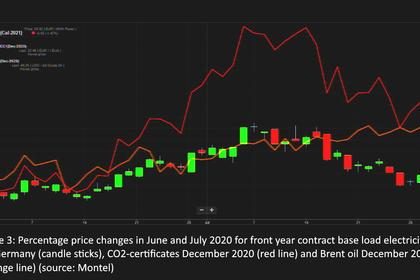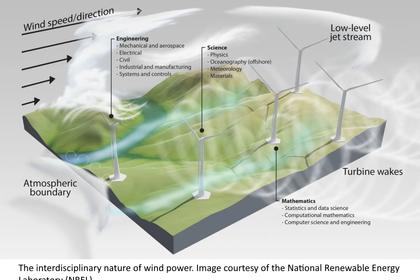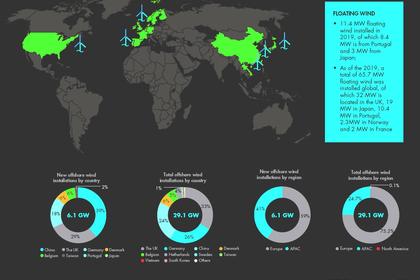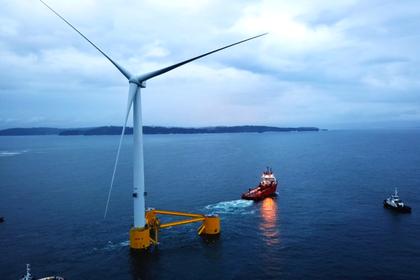
RENEWABLES FOR EUROPE
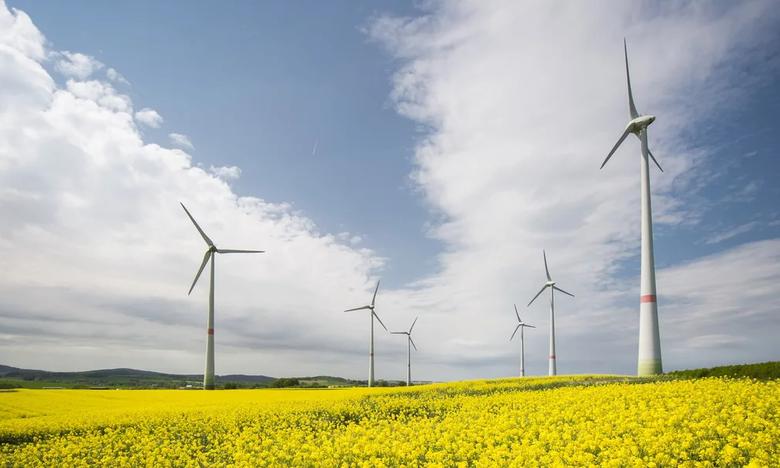
RECHARGE - 11 August 2020 - The most affordable option for a fully renewable electricity supply in Europe is based on solar parks and onshore windfarms, a new study by the Potsdam-based Institute for Advanced Sustainability Studies finds.
However, this solution requires some 97,000 square kilometres of land, or roughly 2% of the total area of the European Union – an area equivalent to the size of Portugal.
Onshore wind has been facing rising not-in-my-backyard (Nimby) protests, which in recent years had led to fewer permits for wind on land in Germany, a damaging wind minimum distance rule in Poland, or banning onshore wind from competitive auctions in the UK for years.
"We have to decide, as a society, how much we value open land," said Tim Tröndle, IASS research associate, and author of the study 'Supply-side options to reduce land requirements of fully renewable electricity in Europe'.
Opposition to renewables projects may continue in the future, considering the large expansion of impacted land area moving towards a fully decarbonised electricity supply, according to the study.
Prioritising the adoption of other electricity generation infrastructures in the future could reduce the space requirements of a fully renewable electricity system, Tröndle said.
According to his research, three options could be pursued individually or in combination to achieve this goal: Offshore wind power, large solar parks, and roof-top solar systems. Each of these technologies could limit land use to about 48,000 square kilometres – one percent of the area of Europe – or even less.
Offshore wind is particularly cost-effective and could reduce onshore land requirements by 50% at an additional cost of 5% compared to the cheapest option, Tröndle said.
Replacing onshore wind farms with large solar parks or roof-top solar systems would incur additional costs of up to 20%.
-----
Earlier:
